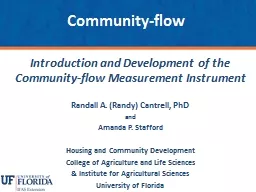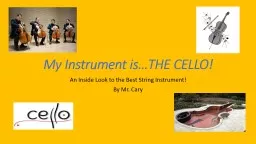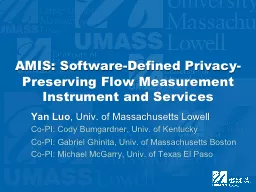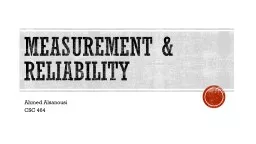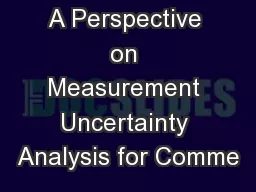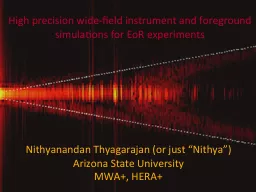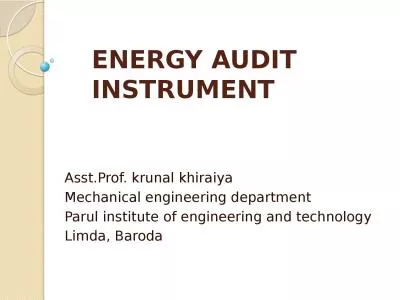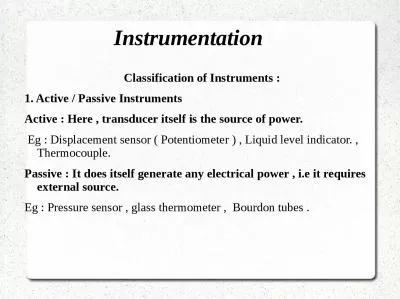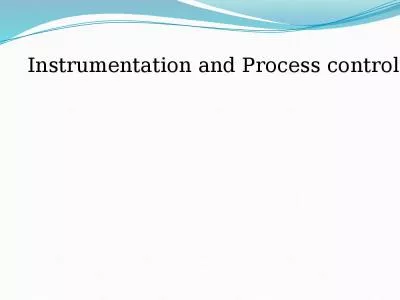PPT-Introduction and Development of the Community-flow Measurement Instrument
Author : aaron | Published Date : 2018-10-04
Randall A Randy Cantrell PhD and Amanda P Stafford Housing and Community Development College of Agriculture and Life Sciences amp Institute for Agricultural Sciences
Presentation Embed Code
Download Presentation
Download Presentation The PPT/PDF document "Introduction and Development of the Comm..." is the property of its rightful owner. Permission is granted to download and print the materials on this website for personal, non-commercial use only, and to display it on your personal computer provided you do not modify the materials and that you retain all copyright notices contained in the materials. By downloading content from our website, you accept the terms of this agreement.
Introduction and Development of the Community-flow Measurement Instrument: Transcript
Download Rules Of Document
"Introduction and Development of the Community-flow Measurement Instrument"The content belongs to its owner. You may download and print it for personal use, without modification, and keep all copyright notices. By downloading, you agree to these terms.
Related Documents

